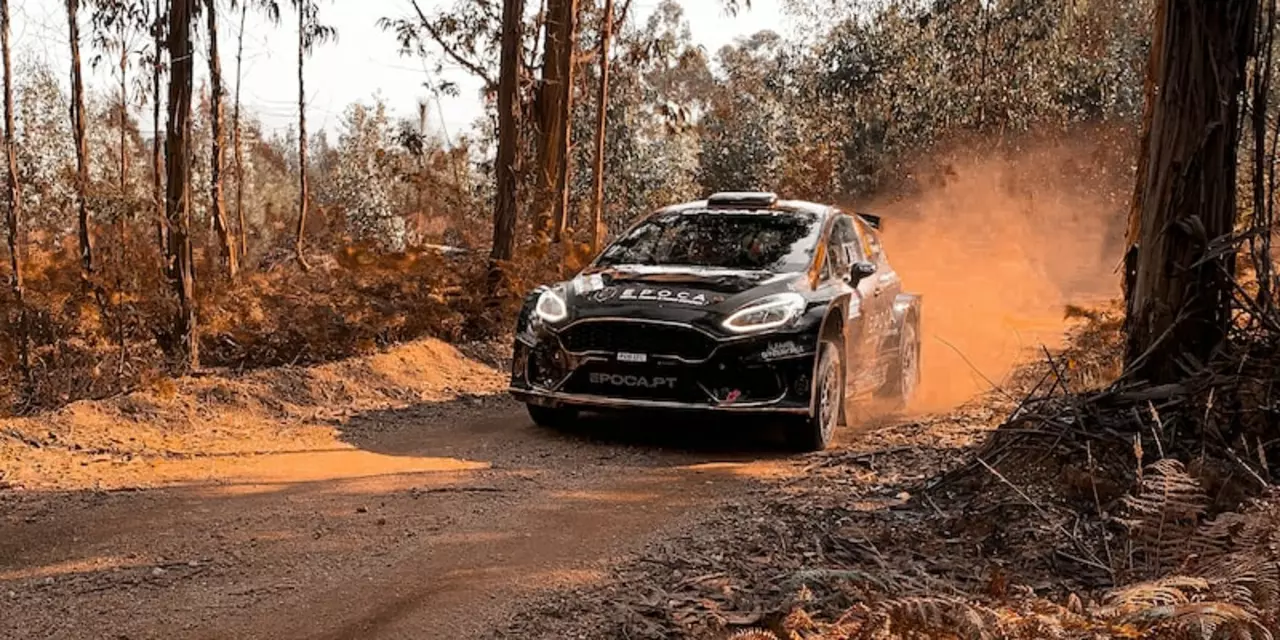Co-Drivers in Rally: What They Do and Why They Matter
If you’ve ever watched a rally car slice through mud or snow, you’ve seen two people in the cockpit. The driver steers, but the co‑driver calls the shots. Their job isn’t just reading a map – they keep the car on the right line, warn about upcoming hazards, and keep the driver’s focus sharp.
Core responsibilities of a rally co‑driver
A co‑driver’s main tool is the pace note. Before the race, the driver and co‑driver drive the stage together, noting every corner, jump, and surface change. During the event, the co‑driver recites those notes word‑for‑word, often at a rapid tempo. This tells the driver when to turn, how hard to brake, and when a surface will switch from gravel to tarmac.
Beyond notes, co‑drivers handle timing, fuel calculations, and mechanical checks. They make sure the car meets the checkpoint deadlines and that any quick repairs are done safely. If the weather shifts, the co‑driver updates the driver on changing grip levels.
Key skills to look for in a co‑driver
First, communication is non‑negotiable. The co‑driver must be clear, concise, and calm under pressure. Second, the ability to memorize and deliver pace notes accurately can make or break a stage. Third, strong map‑reading and terrain‑reading skills help them anticipate surprises the driver can’t see.
Physical stamina also matters. Rally stages can be long, and sitting in a vibrating car for hours requires endurance. Finally, a good co‑driver is a team player – they trust the driver’s instincts and vice‑versa.
In the UK endurance rally scene, many clubs run pairing events where drivers and co‑drivers can test chemistry before committing to a season. Attend a local rally school or club meeting, and you’ll meet experienced navigators looking for fresh talent.
When you’re ready to choose a co‑driver, consider a short trial run. Pick a low‑stakes event, exchange pace notes, and see how both of you handle stress. If the communication flows naturally and you both finish within the time, you’ve likely found a solid match.
Remember, a great co‑driver doesn’t just read notes – they read the driver’s vibe. If the driver gets nervous, the co‑driver can ease the pressure with a calm tone. That partnership is the secret sauce behind top‑level rally success.
Ready to get started? Browse the UK Endurance Rally Hub’s member directory, join a local rally club, and sign up for a beginner’s navigation workshop. With the right co‑driver by your side, those twisty forest stages become a thrilling, manageable adventure rather than a chaotic scramble.
Why do Rally cars have two drivers?
Rally cars have become iconic symbols of motorsport and have been popularized in films, video games, and other media. Rally cars are different from traditional race cars in that they are driven on a variety of surfaces, including asphalt, gravel, and dirt. To be successful in a rally, two drivers are needed: a driver and a navigator. The driver is responsible for driving the car and navigating the course, while the navigator reads the directions and provides navigation instructions to the driver. The navigator is also responsible for keeping track of the progress of the car, alerting the driver of any obstacles or course changes. By working together, the driver and navigator can complete the rally course in the fastest time possible.
Read More

